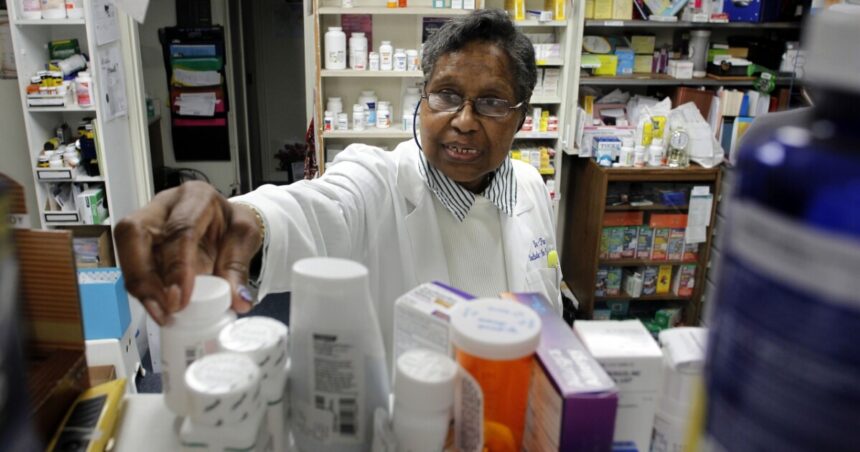The cost of prescription drugs in the U.S. has increased by 37% in the past decade, surpassing the rate of inflation and making it challenging for Americans to afford their medications, according to newly released tracking data.
The latest data from GoodRx indicates a slowdown in the rising prices of medications since 2014, with the highest increase of 39% observed in early 2023. However, the impact is still significant, leading many Americans to struggle with affordability.
GoodRx describes this situation as the “Big Pinch” faced by most Americans, as insurance coverage for prescriptions has decreased, including in Medicare plans, and more restrictions have been imposed on common medications that were once covered.
Prior to 2010, over 70% of medications were covered by insurance, with about 25% having restrictions. Now, the coverage and restrictions are nearly equal, with 54% covered and 50% restricted in 2024.
With reduced coverage comes higher out-of-pocket expenses. On average, Americans pay $16.26 per prescription out of pocket. 24% spend over $50 monthly, and 10% spend over $100.
Related: Florida can import cheaper prescription drugs from Canada, FDA says
These escalating costs are forcing individuals to choose between not filling their prescriptions or bearing the additional financial burden to obtain their medications. GoodRx’s data reveals that 32% of Americans, approximately 51 million people, have abandoned prescriptions at the pharmacy due to high costs.
In addition to fewer covered medications and more restrictions, patients are facing higher copays, coinsurance, and deductibles. The average deductible has nearly doubled from $917 in 2014 to $1,644.
GoodRx emphasizes the significant implications of these trends on patients, leading to rising out-of-pocket expenses, nonadherence to medications, delayed care, poor health outcomes, and unequal access to healthcare.
Related: White House to propose Medicare prices for 10 popular drugs
Despite ongoing efforts by lawmakers and pharmaceutical companies to address medication accessibility issues, GoodRx’s findings suggest that more needs to be done.
The same day GoodRx released its data, the U.S. Department of Health and Human Services announced reduced prices on 64 drugs for certain Medicare beneficiaries. This move was enabled by President Biden’s Inflation Reduction Plan, requiring drugmakers to provide rebates to Medicare if their drug prices increase faster than inflation.





